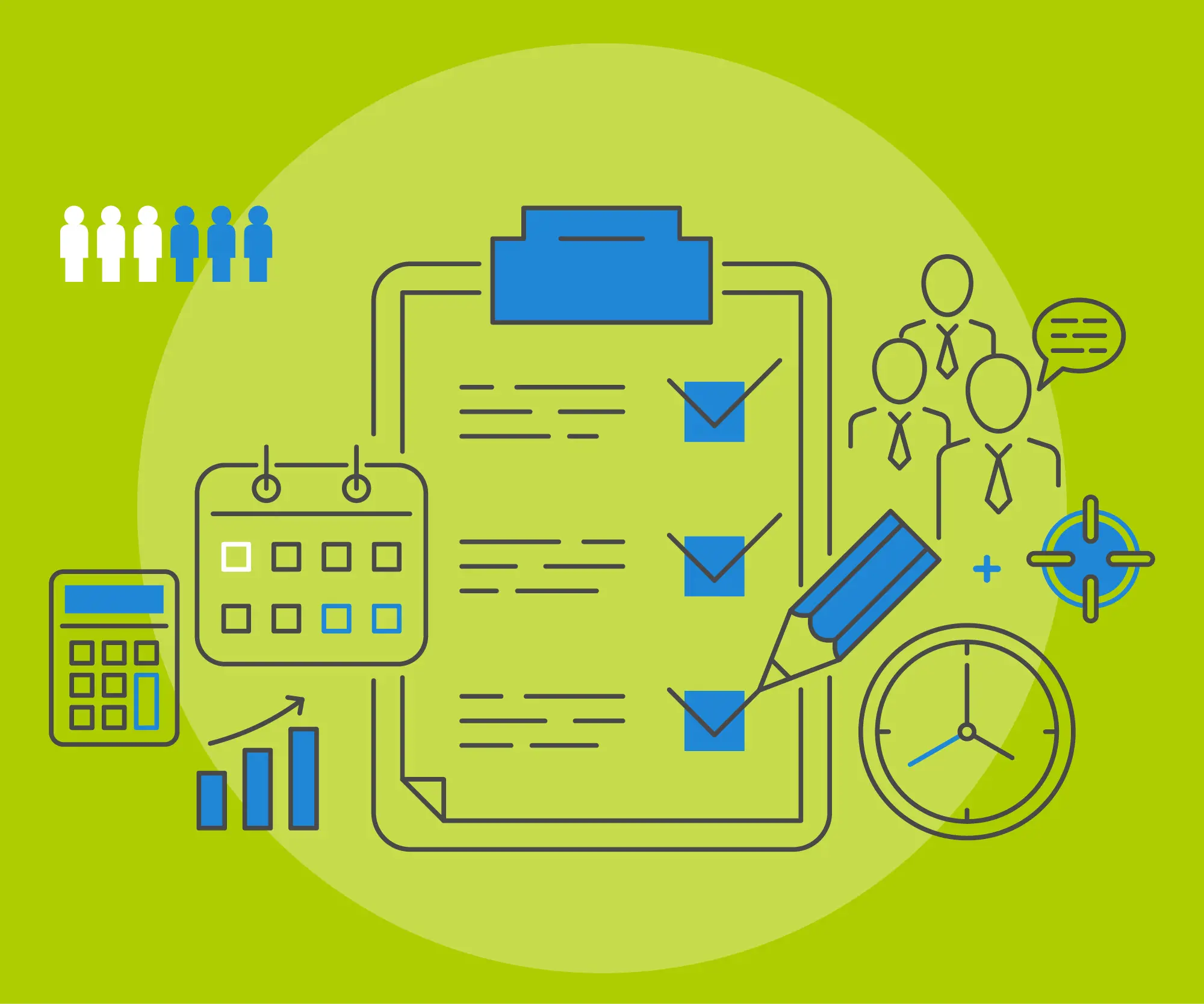
Workforce planning and agility in a changing world
Added Thursday 02 May 2019
The world of work is changing at dizzying speed, meaning that employers must adopt a more agile approach to managing the capabilities of their people. Granville Smithies, Director, AFM Solutions, explores the support available.
The framework within which careers evolve today is extremely dynamic. Gone are the days when you entered a profession or industry and rose through the ranks till you retired, typically keeping the same job title, adding ‘senior’ and ‘manager’ - and maybe ‘director’ - as you progressed.
New job profiles are being created all the time and existing profiles and descriptions adapted to the fast-changing environment, involving new skills and competencies. Consider how in recent years social media has disrupted conventional media advertising. Jobs such as Online Content Curator, Digital Marketing Executive and SEO Specialist simply didn’t exist a few short years ago.
It’s a scenario that’s replicated across many sectors, especially IT where technology is a huge driver of change and where trends such as the rise of cloud, big data and the increasing demand for highly specialised skills create new profiles like Scrum Master, Scrum Product Owner and Scrum Team Member in agile software. In the demanding area of security, the Chief Information Security Officer now manages a team of people within new job profiles such as Cyber Threat Intelligence Analyst, Digital Forensic Examiner and Penetration Tester. All this, plus the new data privacy requirements of GDPR!!
Meanwhile, mergers and acquisitions and a changing environment mean that any organisation in the financial services, energy, transport, health or other regulated sector needs to keep a close watch on evolving requirements and the skills and experience of its workforce capabilities. These are just some examples. There are many more.
As technical innovation drives widescale change, no organisation today is immune from the pressing need to analyse present and future requirements to assess areas of:
- Vulnerability, where skills and competencies are not keeping pace with developments
- Uncertainty, where change might be needed quickly
- Criticality, where skilled leavers cannot be easily replaced
- Antipathy, of the organisation to change
Workforce planning
Any organisation wanting to maintain its competitive edge will be asking searching questions, such as:
- What new roles are emerging in our industry or sector?
- Are we developing the right technical and soft skills to fill these roles?
- What are our highest priorities for learning & development?
- Is our performance management strategy delivering the results we need?
- Who is available for reassignment and are they open to the prospect of relocation/remote working?
- Do we need to look outside the organisation for new skills and competencies?
- Do our succession planning practices support us in building a resilient organisation?
- Which roles are in decline, and can we reskill and redeploy current job-holders?
It doesn’t stop there
Retaining organisational agility demands that we constantly review the job landscape, collect relevant data and analyse our findings. But DIY competency models, typically held in spreadsheets, can be cumbersome, overly complex and time-consuming to maintain. Almost as soon as they’re created, they are out of step with the real world of work. Recent academic research has found that 1 in 4 spreadsheets contain at least one formula error.
Unless a workforce is small and the organisation an SME, creating and maintaining competency frameworks manually, either in-house or through a consultancy, becomes a significant overhead.
Avoid the DIY SOS
The IBM Watson Talent Frameworks team can help you to build a more efficient and effective workforce, drawing on industry benchmarks on over 3,000 job profiles and over 2,000 associated skills.
IBM Watson Talent Frameworks combines over 30 years of industrial organisational psychologists' and consultants' expertise with dynamic discovery by Watson, IBM’s suite of enterprise-ready AI services, applications, and tooling. Watson trawls publications, databases and social media relating to employment across the globe – so you don’t have to. The result is a comprehensive, living reference library of technical and behavioural competencies, and job profiles. It’s constantly updated to help you define, develop and hire people with the skills you need now and in the future.
Key responsibilities, job level, core competencies, functional and technical skills for the roles, interview questions, coaching tips, SMART goals and prescriptive learning suggestions are all covered.
At AFM Solutions, we’re part of the IBM Talent Management Alliance. We can listen to your needs and, if appropriate, set you on the path to saving time and money while building an agile workforce using IBM Watson Talent Frameworks.
Visit our website for more information or a chat about IBM Watson Talent Frameworks. https://www.afmtalentmanagement.co.uk/manage-skills-and-competencies
More Information
If you’d like hear more about this, please complete the form below:
